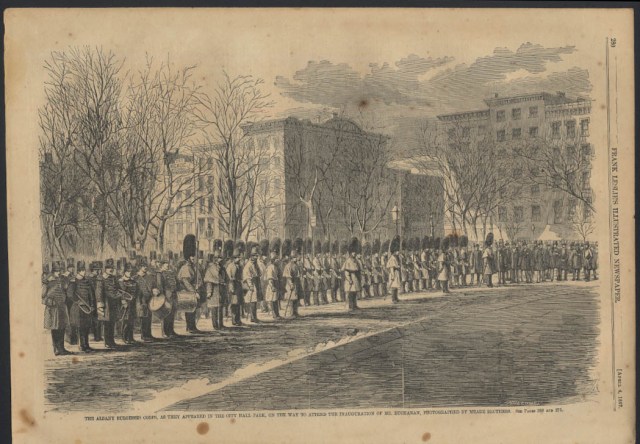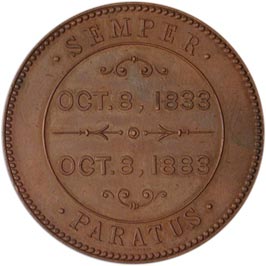While I can’t really go back much further up the family tree with our Brooks of Albany, New York, I have been able to learn interesting things about John Brooks’ probable mother’s line, the Wendells.
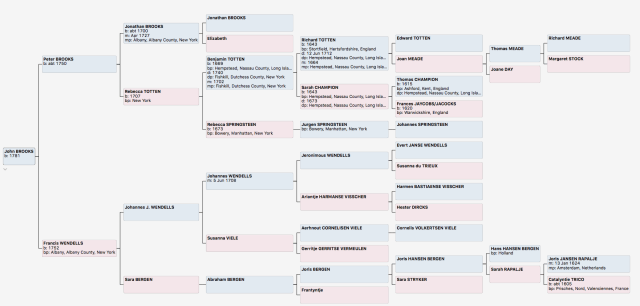
It is believed, at this time, that John Brooks, Senior, who died during the War of 1812 was the son of Frances Wendell and Peter Brooks who married in Albany, New York, probably in November 1771. (They applied for their license November 7 of that year, according to Dutch Church records1)
Frances was the great great granddaughter of the emigrant ancestor Evert Jansen Wendell. It is thanks to Evert and his progeny that people interested in such things, can learn much not otherwise known about early trading in Albany as regards the local Indigenous people.
Evert was born about 1615 in Emden, Germany, a town located at the mouth of the River Ems in Hanover. He came to New Amsterdam about 1641/2 in the service of the Dutch West Indies Company, and made a living as an import merchant, fur trader, tailor and cooper. He stayed in New Amsterdam until about 1651, at which time he moved his family of wife, Susanna du Trieux, and 3-4 children to Beverwyck/Albany.
Evert was active in Albany’s community as an elder in the Dutch Church, an orphan-master, and a magistrate. He and his first wife, Susanna, eventually had 8 children together*. Our Brooks descend from their son Jeronimous.

Evert and his sons were heavily involved in the fur trade, which would not be unusual, as it was a major industry in this time period. The family also made its fortune trading, and when the pelts started becoming rare, due to the indiscriminate slaughter of the animals who were wearing them, they moved on to other types of trade. Much of which was tracked by Jeronimous’ son Evert, who kept an account book that has survived to this day, and is used to help those who study these things, learn more about the anthropological details of early trading in the Albany area. This account book has been translated from Dutch and studied in great detail.
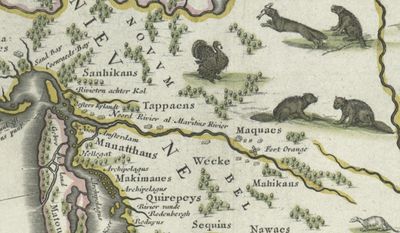
According to the introduction to this volume the Wendells also made money (and acquired land) by acting as interpreters, and were called in by both Indians and Europeans to assist in negotiations of all kinds. Including making trips to Canada to act as interpreters on military expeditions against the French.
This account book contains information on commercial trade on the Hudson with the Indigenous populous. Giving researchers details that were completely unknown previous to its publication. Things like the use of native agents, how credit was used, the type and quantities of goods traded, the origins of the native customers, and the level of native women’s trade participation, among many other bits of interest. Details specific to the Indigenous people themselves like types of tattoos they had and their naming practices are of particular interest also.
This account book’s greatest value is in the fact that it is the earliest known surviving fur trade record of colonial Albany, New York. I highly recommend this gem of a book, although the introduction is the most interesting part. The tables that finish the book off are mostly of interest to real researchers who love the nitty-gritty of this kind of stuff. I am afraid that’s too much detail for me.
The Wendell’s were a prominent family for quite a while in Albany and their success was largely due to the fact that they learned from their progenitor, Evert, that the best way to stay well-heeled, was to diversify. Which is why when the fur trade started to decline as a feasible way to make lots of money they stayed well to do. The sons and grandsons traded in many items (not just fur), lawyered, made shoes, interpreted, and tailored. One of the grandsons also began selling the first products from a chocolate mill! Mmmm…chocolate.
I find it fascinating that there are ancestors on both sides of our family that have so much history with Albany/Beverwyck and New York/New Amsterdam. And the more I read about these cities’ very early beginnings, the more fascinating I find them.
*Interesting side note regarding Evert and Susanna Wendell’s children — Elsje and Johannes: Elsie married Abraham Staats; Johannes married Elizabeth Staats. Both of these Staats were the children of Abraham Staats and Catrina Jochemse Wessels. Catrina is the daughter of the same Joachim Wessels, who married our ancestress Geertruy Hieronimous, of the ‘Warmongering Wessels of Albany’[see post], and is in fact their daughter. This gives a connection between both my mother’s and father’s side of the family in America, although only a cousin connection, as neither side descends directly from Elsje or Johannes Wendell.
Sources:
- Holland Society of New York (1926/7); Records of the Reformed Dutch Church of Albany, New York, 1683–1809

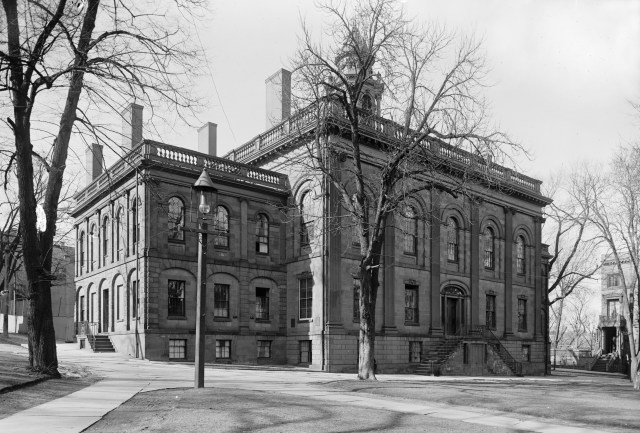

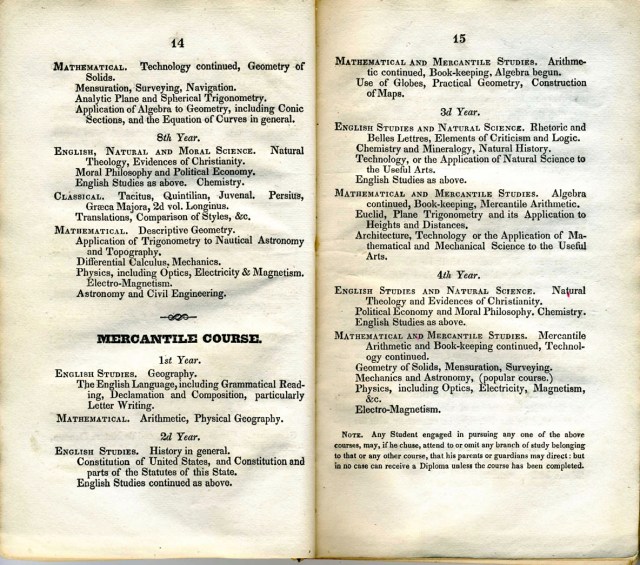
 Thanks to my very generous nephew-in-law and his musical talents – I have an excellent update I can make to my Albany Burgesses Corps post.
Thanks to my very generous nephew-in-law and his musical talents – I have an excellent update I can make to my Albany Burgesses Corps post.